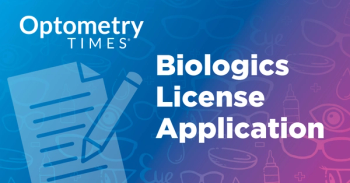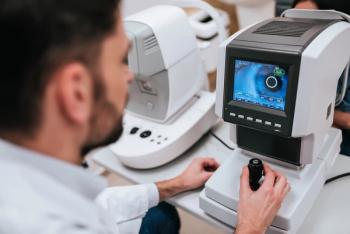
Study identifies risk factors for cataracts in patients with diabetes mellitus
Researchers set out to determine the most important systemic risk factors associated with cataract development in patients with DM.
A research team from Romania identified a higher risk of
Because DM is a well-known cause of visual loss, the researchers set out to determine the most important systemic risk factors associated with cataract development in patients with DM. “Considering the significant impact of cataracts on the quality of life of patients with diabetes, this study aimed to investigate the most important risk factors involved in cataract development to sensitize physicians to the importance of screening and early detection of cataracts and overall health among these patients,” the investigators stated.
A total of 319 patients with a diagnosis of DM were included in the study. The investigators analyzed the patient data retrieved from the medical charts that included the DM status, metabolic control, demographic and anthropometric indices, and generally associated comorbidities.
Data analysis
The authors reported studying the risk factors of hypertension, cardiovascular disease (CVD), chronic kidney disease (CKD), diabetic polyneuropathy (DPN), dyslipidemia, and hepatic steatosis, which were present in all the study patients.
The factors identified in the patients with cataract were the high prevalence rates of hypertension (67.6%), DPN (53.3%), and dyslipidemia (46.6%).
Among them, CKD (p < 0.001) and DPN (p = 0.019) were significant predictive factors for the probability of cataract development.
An ophthalmologic evaluation showed that diabetic retinopathy (DR) reached significance in the occurrence of cataracts. In addition, patient age and DM-related factors, such as disease duration (p < 0.001) and hemoglobin A1c values (p = 0.029), significantly increased the risk of cataracts. Smoking was self-reported by 24.8% of the patients, which also was related significantly to the occurrence of cataracts (p = 0.04).
The investigators concluded, “Our findings are consistent with those in the current literature, emphasizing that poor glycemic control and extended DM duration are the most critical risk factors for cataract development in patients with diabetes. Patients with DM are known to present with multiple associated pathologies such as hypertension, CVD, CKD, DPN, hepatic steatosis, and dyslipidemia. The present study identified CKD and DPN as the most influential comorbidities on cataract occurrence and development, whereas hepatic steatosis was linked to nuclear sclerotic cataracts. While maintaining optimal glycemic control remains a cornerstone strategy for preventing ophthalmological complications in patients with DM, early detection and management of all risk factors prevents the occurrence of vision-threatening cataracts and aids healthcare providers in obtaining better patient-related outcomes.”
Reference:
Ivanescu A, Popescu S, Gaita L, et al. Risk factors for cataracts in patients with diabetes mellitus. J Clin Med. 2024;13:7005;
https://doi.org/10.3390/jcm13237005
Newsletter
Want more insights like this? Subscribe to Optometry Times and get clinical pearls and practice tips delivered straight to your inbox.








































